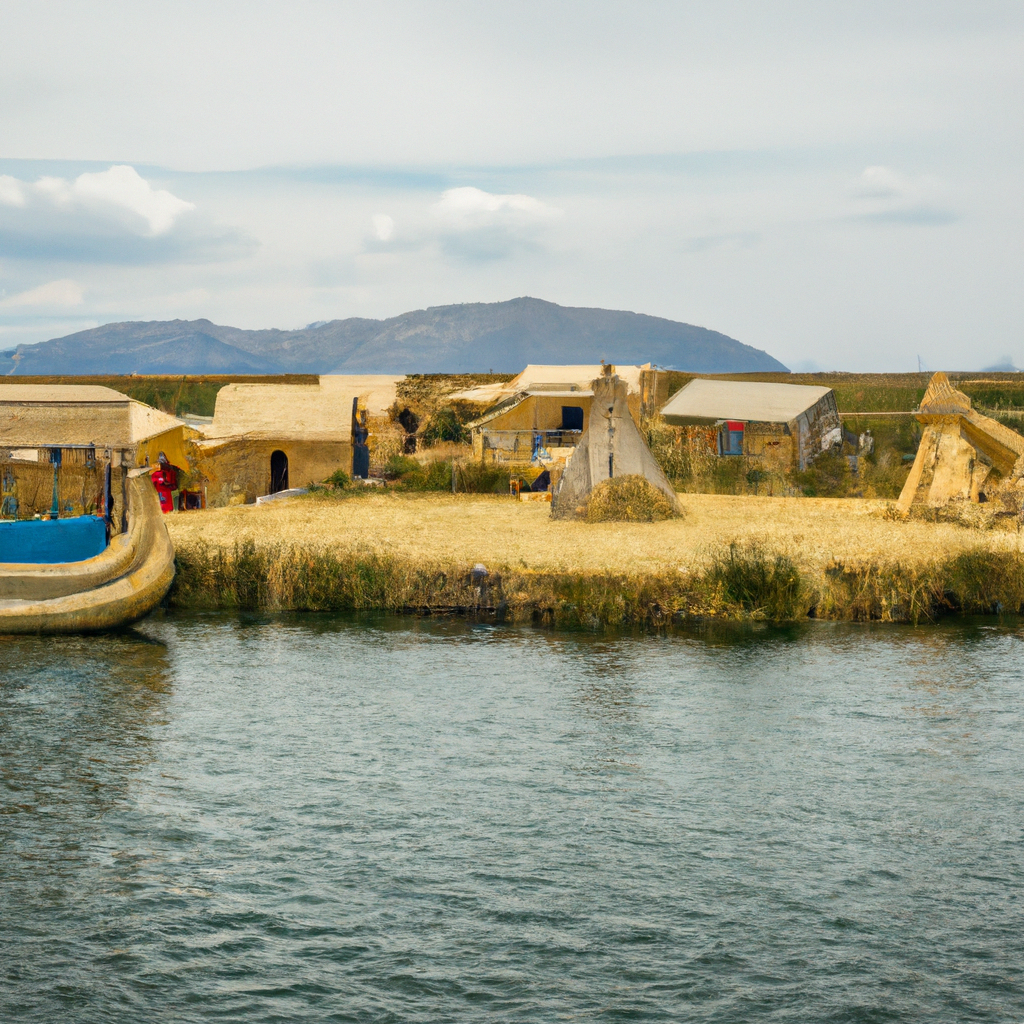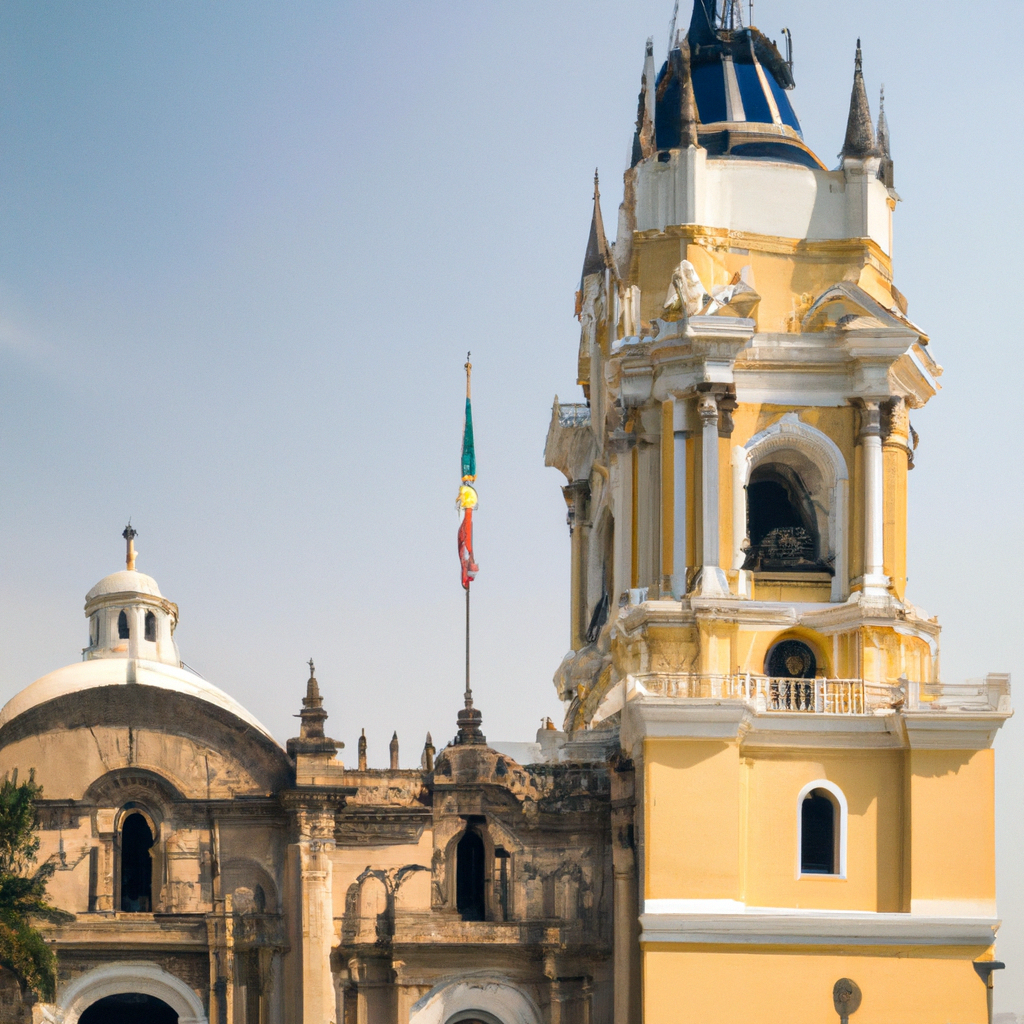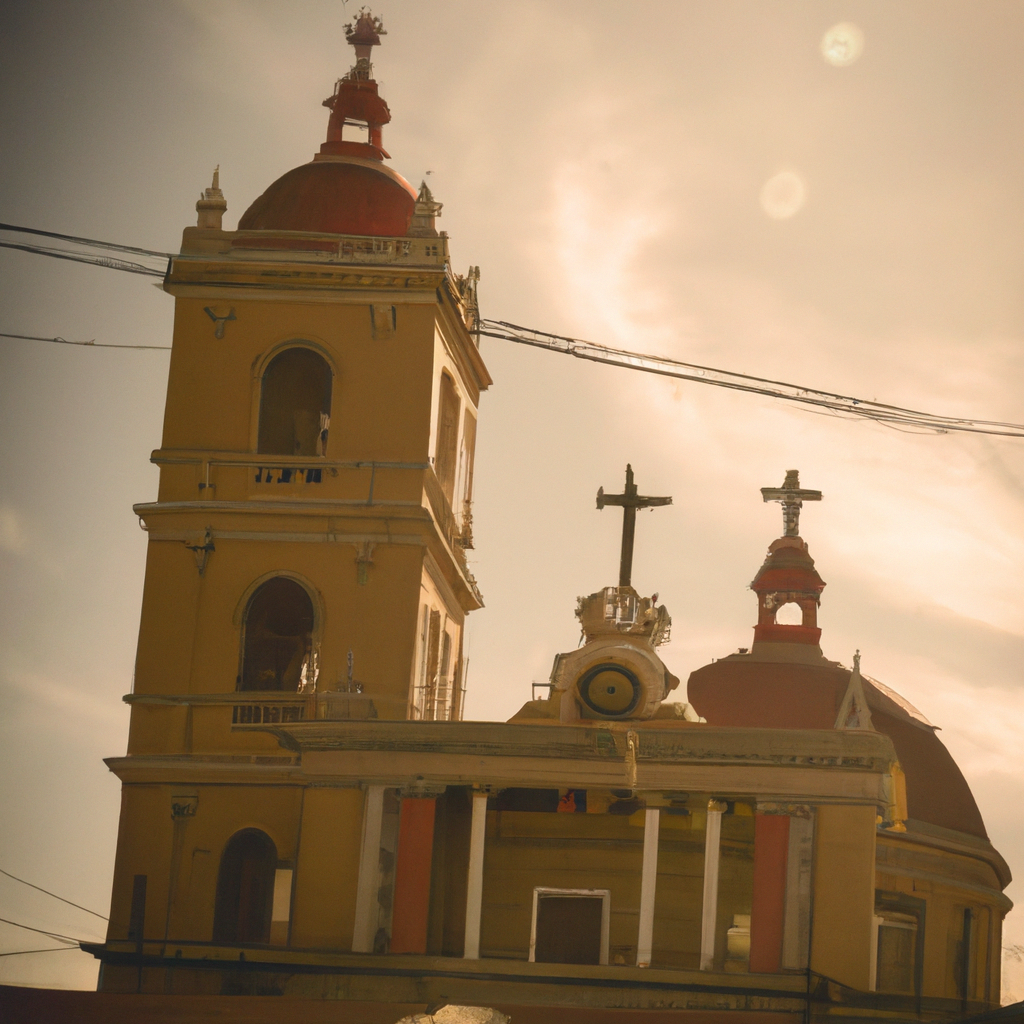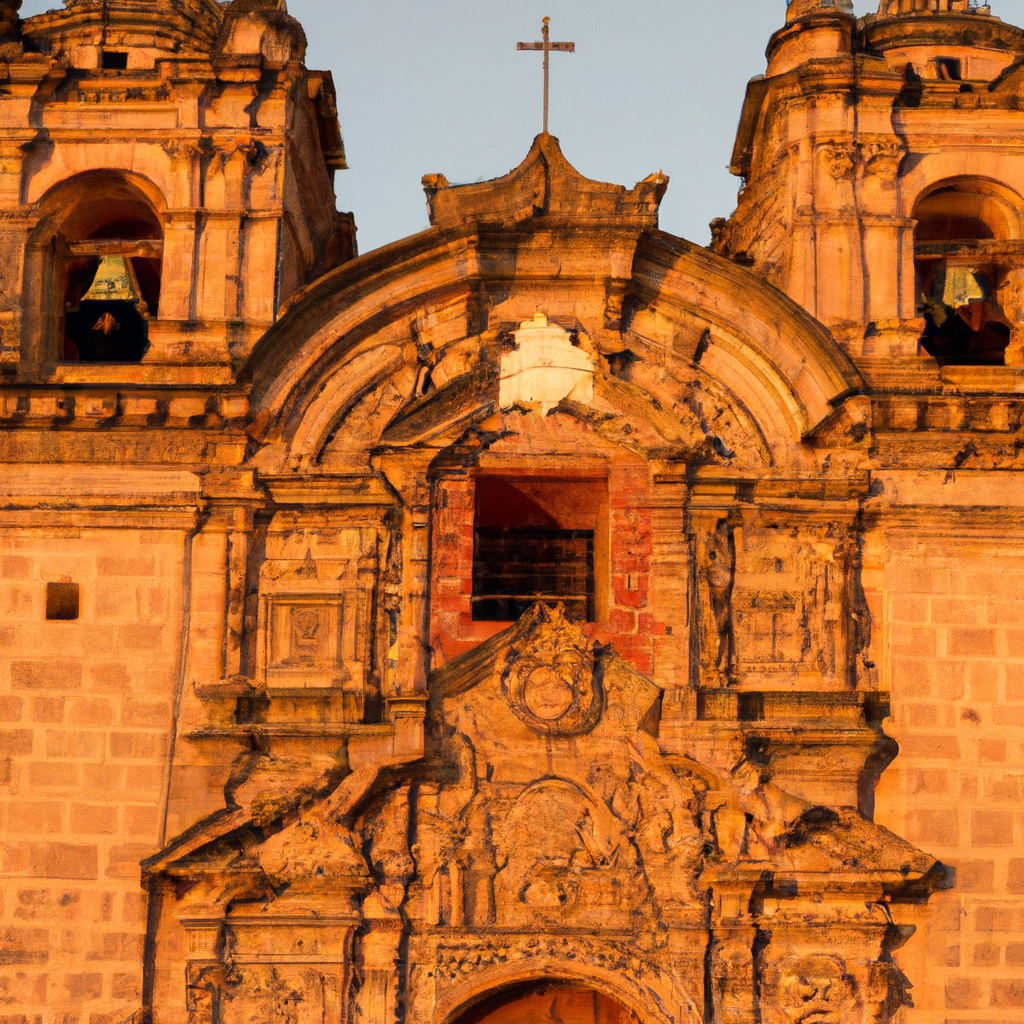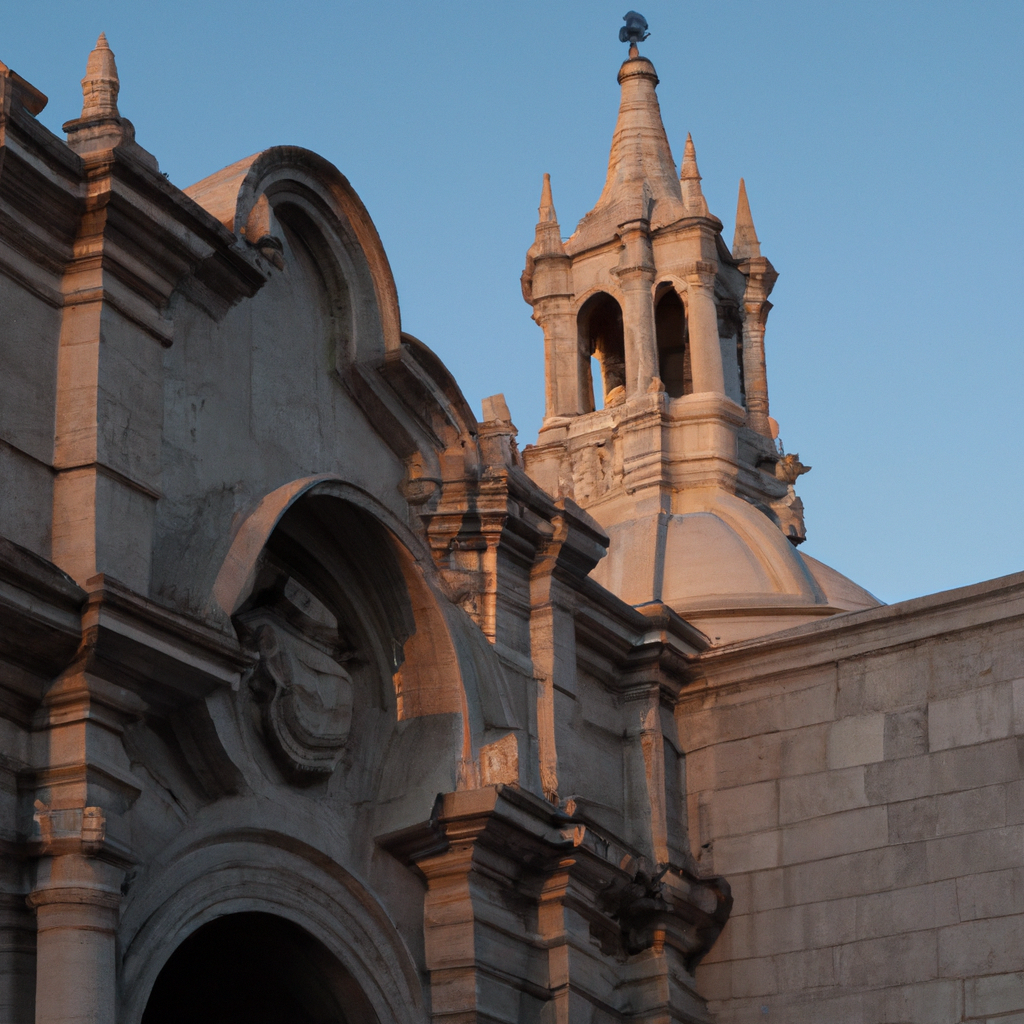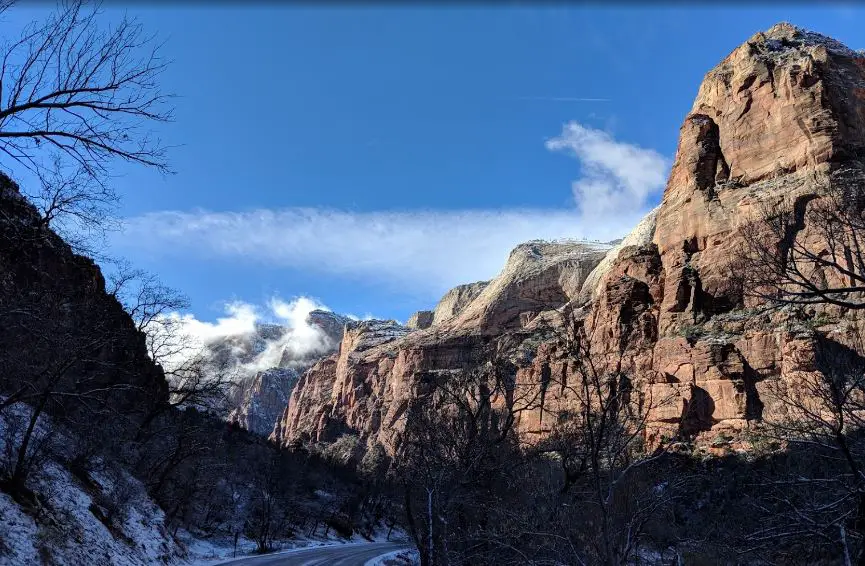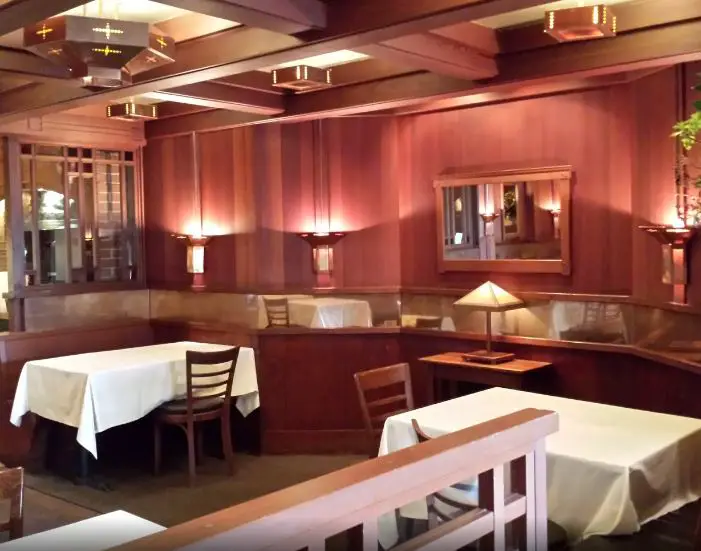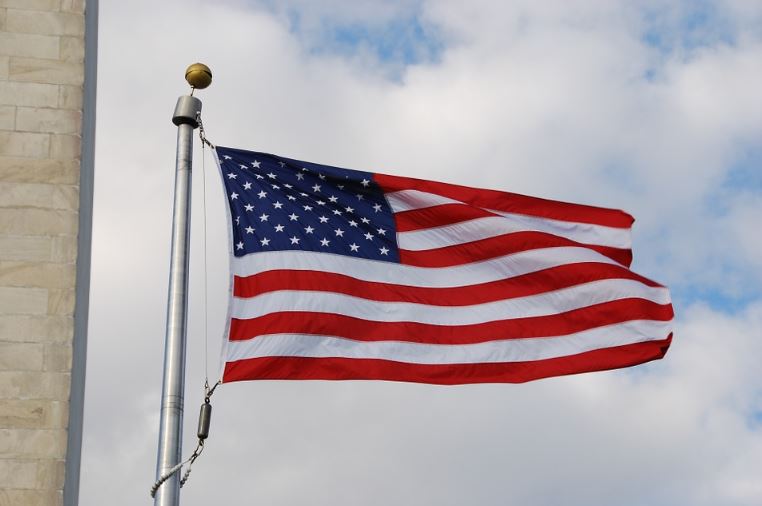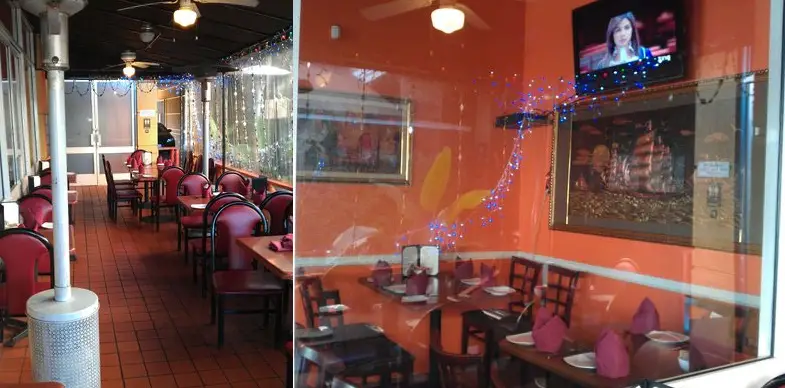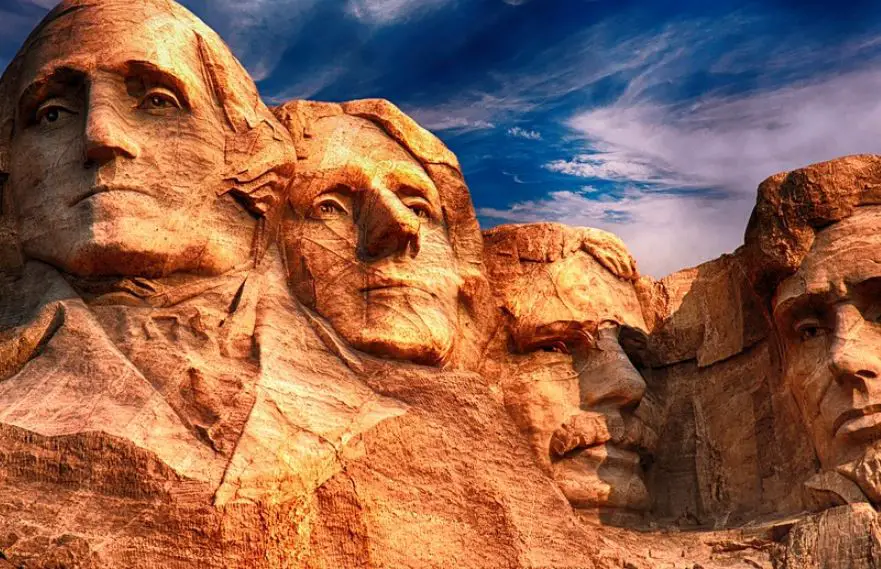Uros Floating Islands on Lake Titicaca In Peru: Overview,Prominent Features,History,Interesting facts
Overview:
: The Uros Floating Islands on Lake Titicaca in Peru are a unique destination that offers an awe-inspiring experience for travelers. These floating islands are made from reeds (totora) that grow abundantly in the lake, and were first constructed hundreds of years ago to create an island safe haven for the indigenous Uros people. Today, the islands are support fishing and tourism, and provide unique cultural experiences for visitors. Tourists can spend the day visiting one of the 70 Uros islands and exploring the rustic but incredible lifestyle of the Uros people. Activities in the area of Lake Titicaca include boat tours, a visit to Uros community and neighboring Taquile Island, and lunch with a Uros family. Be sure to bring plenty of sun protection and a camera to capture this amazing experience. It is one of the most beautiful monuments in Peru
Prominent Features:
1. Unique Ecosystem: The Uros Floating Islands have their own unique ecosystem, consisting of several species of aquatic plants and animals that have adapted to the environment. 2. Tradition and Culture: The Uros people have been living on these islands for centuries and have maintained their own unique culture and traditions. 3. Hand Made: The floating islands are constructed from totora reeds, a local plant that grows abundantly in Lake Titicaca. The Uros people use the reeds to form boats, homes, and other structures on the islands. 4. Spectacular Setting: The floating islands are located in Lake Titicaca, the highest navigable lake in the world. The lake is located between Peru and Bolivia and is surrounded by beautiful mountains and sunsets. 5. Unique Wildlife: Lake Titicaca is home to several species of birds and aquatic animals, some of which are unique to the region, such as the giant water frog and the flightless Titicaca grebe. You can learn history, culture, and heritage through these magnificent monuments in Peru.
History:
The Uros floating islands have a long and storied history, dating back to pre-Incan times. The Uros, or Uru, are an indigenous people living on Lake Titicaca in Peru, and their islands are made from Totora reeds. They use these reeds to create habitat and sustenance in the form of handmade, floating homes, boats, and decorations. Throughout their history, the Uros have clashed with the local Incan people, leading to shifting survival tactics. The reed boats of the Uros have been used for transportation for centuries, with first evidence of them being used during the Wari period of Peru in the 7th century. Oral tradition is the only source of information detailing the history of the islands, with most accounts coming from the Uros people themselves, who have lived on the islands for generations. By the 19th century, the Uros were heavily reliant on reed boats for everyday needs such as transport, fishing, and collecting water. During the 1950s, the Peruvian government attempted to assimilate the Uros people into their society, but they were highly resistant, maintaining their traditional islands as a way to protect their culture. In the 1980s, Peru created the Titicaca National Reserve to protect the islands, and today, the Uros still inhabit their islands and practice traditional activities like fishing and reed weaving. The Uros floating islands are a symbol of resilience and perseverance, a testament to the strength and ingenuity of the Uros people who have lived here for centuries. Today, the islands are a popular tourist destination, a chance to explore a unique and fascinating way of life that has long withstood the test of time. Visit one of the famous monuments of Peru with your friends and family.
Interesting facts:
1. The Uros Floating Islands of Lake Titicaca on Peru were initially built as a refuge to protect the Uros people from the Incan empire in the 16th century. 2. The Floating Islands are made of totora reeds (totora is a type of bulrush plant that grows up to 3 meters tall) and the locals use it for everything from food and shelter to craft items and construction materials. 3. The reeds form what the locals call ‘totora-teko’ or living islands. The islands are constructed in layers with the bottom layer being the strongest, and new layers are added as needed. 4. The islands can move slightly as the lake levels change, and the dry season brings the strongest winds so the movement is noticeable. 5. Some of the islands are home to as much as 10 families and in the past, small communities of 30 families shared an island. 6. The locals build traditional boats called balsas also using the totora reeds to move from island to island or to the mainland. 7. In modern times, some of the islands are being used as sustainable tourist attractions, providing visitors with the chance to experience the traditional way of life and local customs. One of the historical monuments of Peru, it tells the story of a bygone era
Explore Peru most popular tourist destination with us. Uros Floating Islands on Lake Titicaca In Peru: Overview,Prominent Features,History,Interesting facts,which is 35.14 km away from Peru main town, is the most popular destination to add in your travel wishlist.
-
City:
Peru
-
state:
Peru
-
country:
Peru
-
country code:
PE
- postcode:
Location:
Peru Peru
